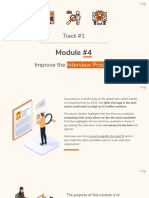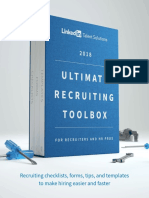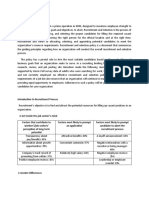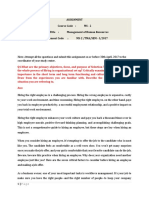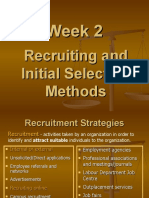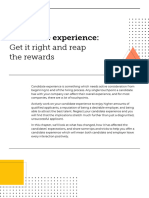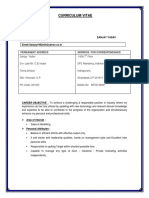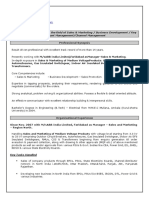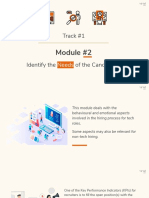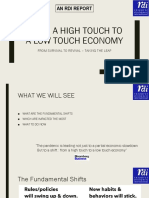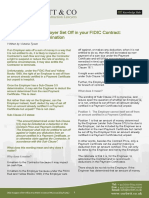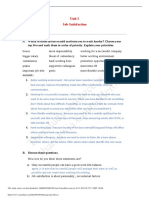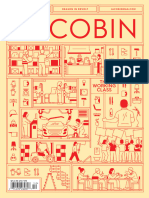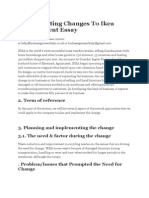0% found this document useful (0 votes)
73 views28 pagesModule 2
This document discusses identifying the needs of candidates during the hiring process. It emphasizes that recruiters should focus on understanding what motivates candidates, their future aspirations, expectations from the job, and reasons for seeking another position. This helps improve candidate quality and experience. Recruiters should have conversations to understand a candidate's intrinsic needs and see how the role or company can fulfill them. Identifying candidate needs leads to better transparency, communication, and employer brand, which attracts more quality candidates. Motivations may include learning opportunities, exposure to new technologies, compensation, work culture, and peers. Benefits like a clear growth path, commitment to health, flexible work options, and positive company culture are also important to candidates.
Uploaded by
Dheeraj ChauhanCopyright
© © All Rights Reserved
We take content rights seriously. If you suspect this is your content, claim it here.
Available Formats
Download as PDF, TXT or read online on Scribd
0% found this document useful (0 votes)
73 views28 pagesModule 2
This document discusses identifying the needs of candidates during the hiring process. It emphasizes that recruiters should focus on understanding what motivates candidates, their future aspirations, expectations from the job, and reasons for seeking another position. This helps improve candidate quality and experience. Recruiters should have conversations to understand a candidate's intrinsic needs and see how the role or company can fulfill them. Identifying candidate needs leads to better transparency, communication, and employer brand, which attracts more quality candidates. Motivations may include learning opportunities, exposure to new technologies, compensation, work culture, and peers. Benefits like a clear growth path, commitment to health, flexible work options, and positive company culture are also important to candidates.
Uploaded by
Dheeraj ChauhanCopyright
© © All Rights Reserved
We take content rights seriously. If you suspect this is your content, claim it here.
Available Formats
Download as PDF, TXT or read online on Scribd
/ 28







